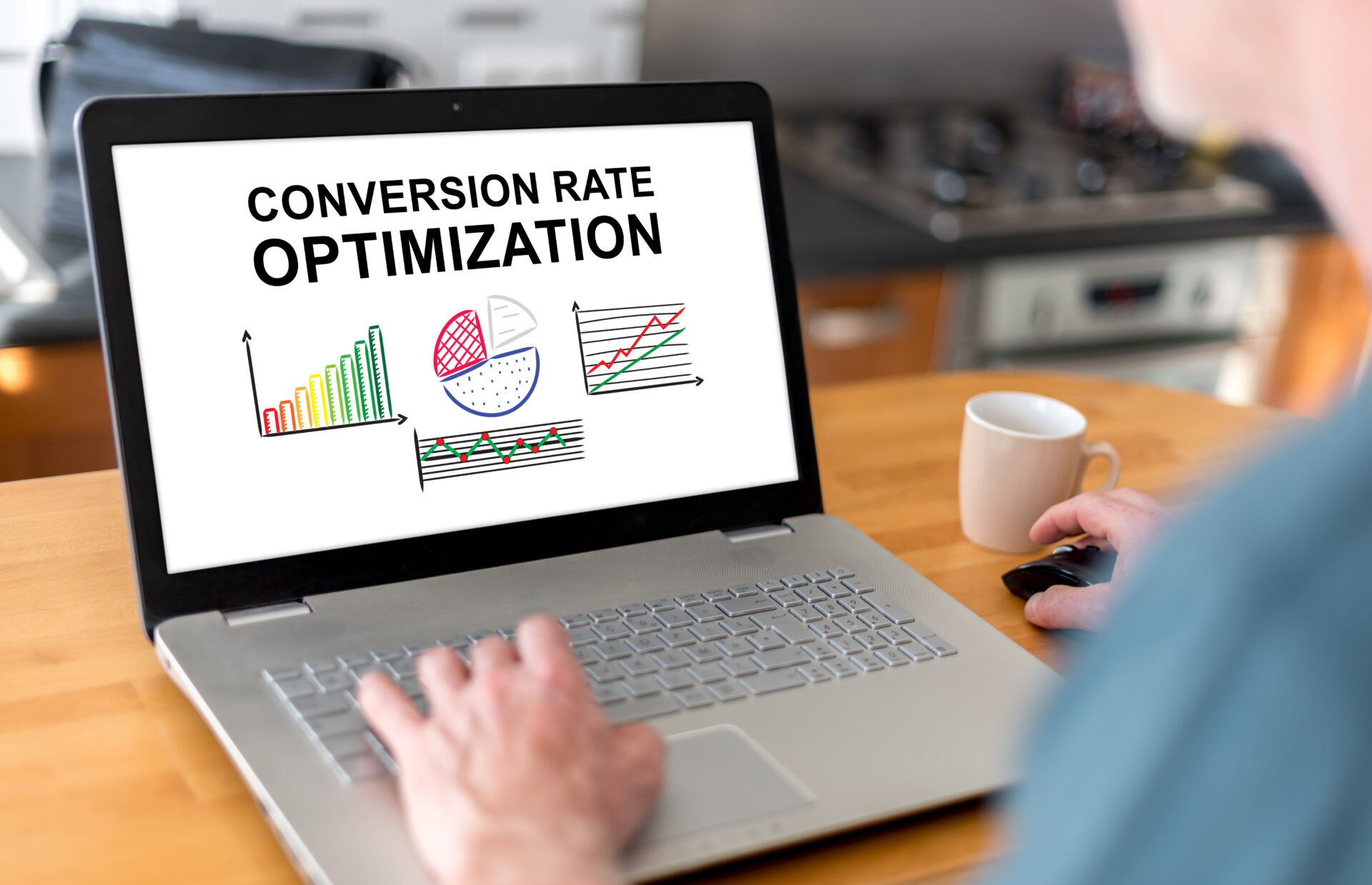
Your website is the home of your online business. An easy-to-use and informative website reflecting your business strategy will enhance user experiences and generate sales.
There are 50 milliseconds between a user’s first impression and when they decide to stay or leave your website. You can use web design principles to simplify your site and persuade customers to keep browsing your site, which gives you more opportunity to convert visitors into buyers.
Tips For Designing A Website To Improve Conversions
Users tend to gravitate toward an aesthetically pleasing layout and can be judgmental of pages that don’t meet their expectations. 94% of users find easy navigation is the most helpful website feature. If you feel this may be hindering your sales, consider investing in high-quality website design. A polished and functional website will enhance user experiences, improve conversion rates, brand visibility, and traffic.
Design Every Element With a Purpose
To grow your business, design your web pages to convert visitors into buyers by directing their attention to your offerings. To do this, first, understand your target audience so you can determine the most valuable features to include in your website. Are visitors looking for information, interaction, or business? After you answer this question in detail, you can begin designing your website around meeting this need.
Improve Navigation

Engagement and conversion rates are usually higher on sites that make it easy for users to navigate through pages. When you design the structure of your site, focus on a simple menu bar with functional navigation between pages. On each page, incorporate a logical page hierarchy using elements like bread crumbs and clickable buttons.
Increase Page Load Speed
Slow loading time is one of the main reasons why visitors leave, or bounce, from a website. A one-second delay in page load speed reportedly reduces customer satisfaction by 16%. You can improve your site’s loading times by optimizing image sizes and compressing JavaScript, HTML, CSS, and other text files to make them smaller and therefore faster to render.
Optimize Colour Choices
Your brand should have an established colour palette that should be used almost exclusively on your website with balance and harmony. To distinguish background from text, use contrasting colours and follow colours rules for consistency throughout your site. This harmony makes it easier for users to read through the information provided on your website. Vibrant colours are best suited to call-to-actions, as they create an emotional response and drive action. You can also use colour to make important page elements like calls-to-action stand out.
Choose The Right Typography

Typography refers to the type fonts you choose for your site, and ensures that your website is aesthetically pleasing and accessible. Your visitors’ perceptions and reading patterns are affected by the typography or style of your printed material. Search engine crawlers also consider this element when determining your ranking. Sans-serif fonts are a safe choice for the body texts, headlines, and buttons. Also, consider how the font you choose represents your brand and communicates your desired brand image to your audience.
Focus On Minimalism
Use a simple design so visitors can easily navigate your site, find what they need, and know where to make purchases or ask questions. Too many elements are messy and distracting and can slow down the loading speed of your pages. It is therefore important to maintain a clean, simple, and easy-to-use design for your website to achieve more conversions.
Use These Design Elements To Convert More Sales
User experience and satisfaction are vital to generating conversions and growing a business. Around 88% of online users agree that they will never return to a website after a bad user experience. Your business website’s utility can determine your success in the digital market and basic principles of design can help you develop a functional and profitable website.



